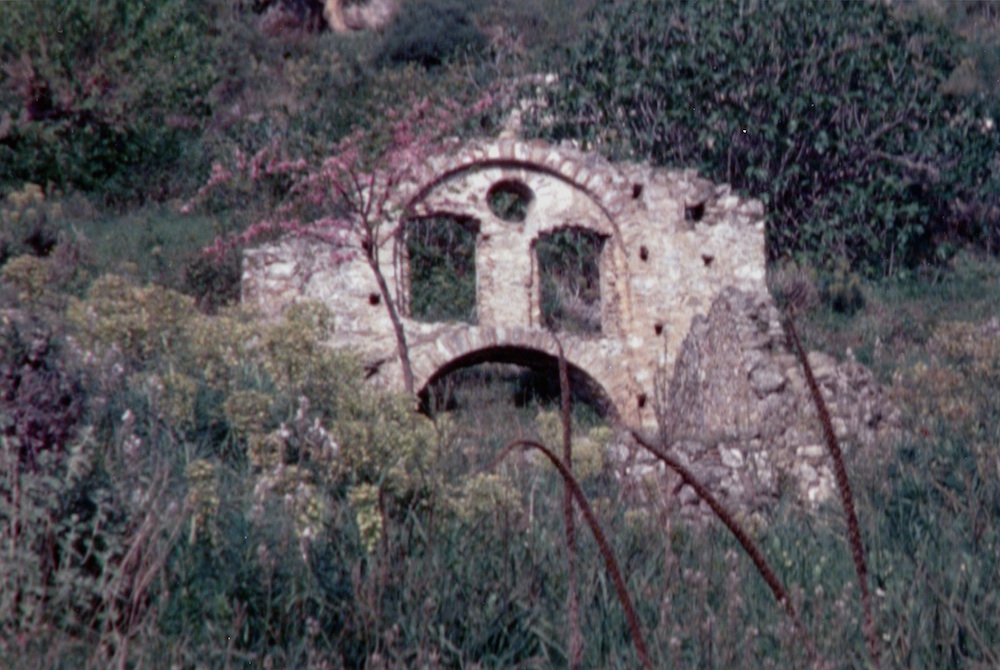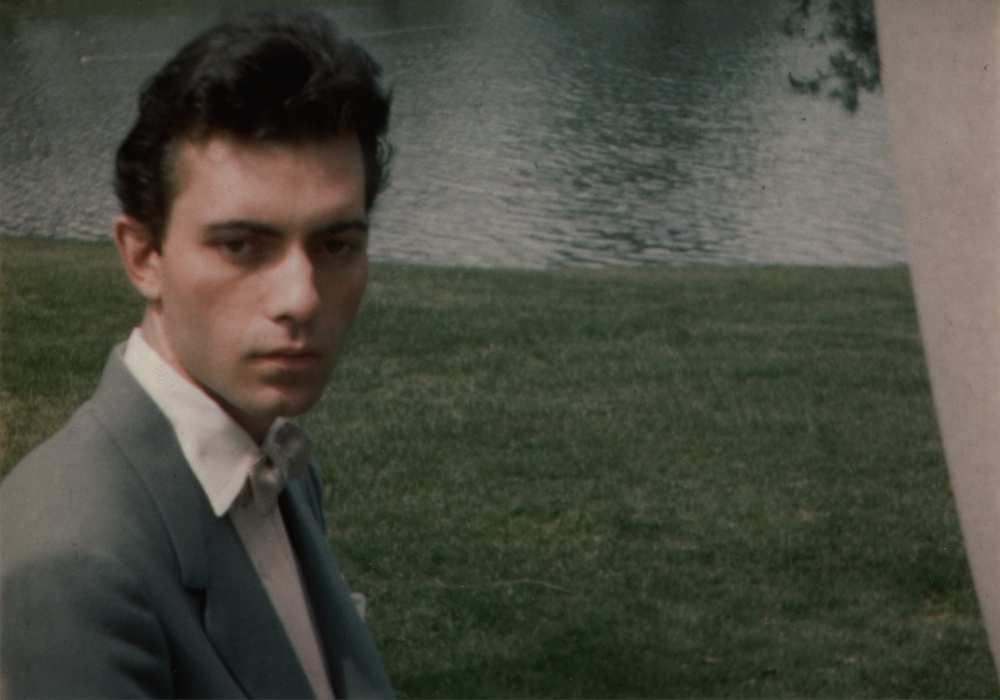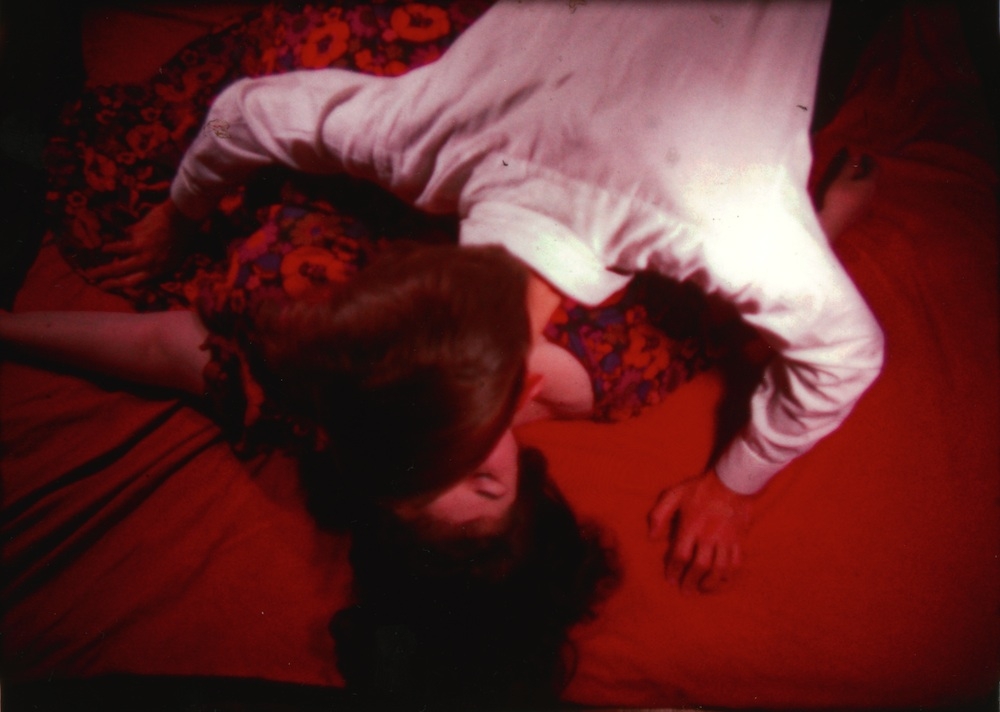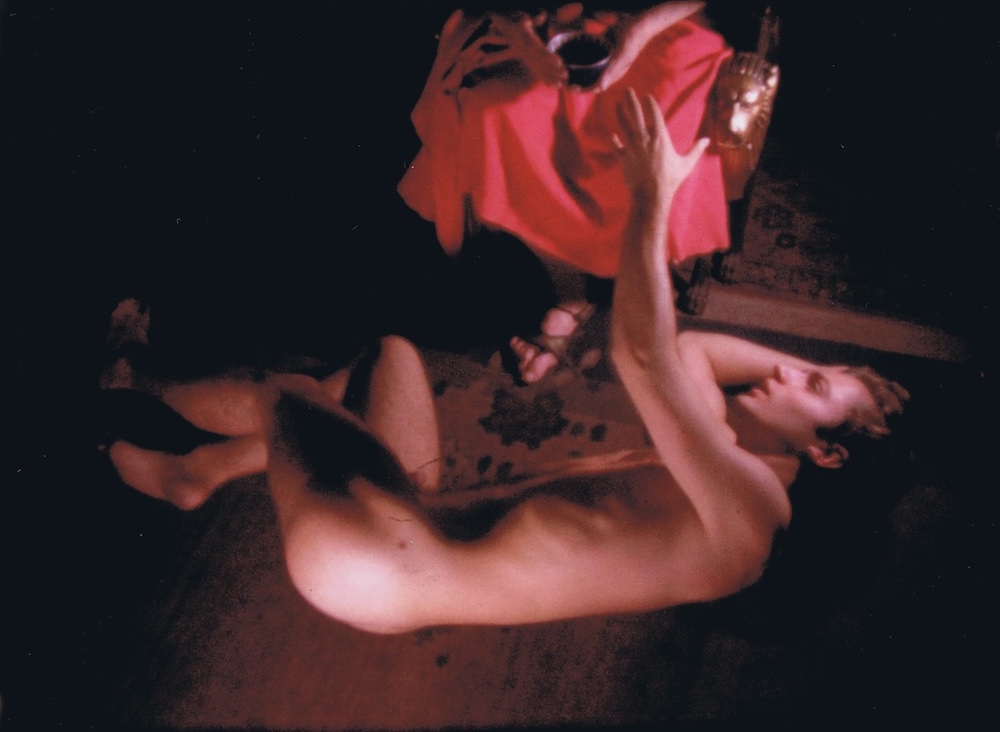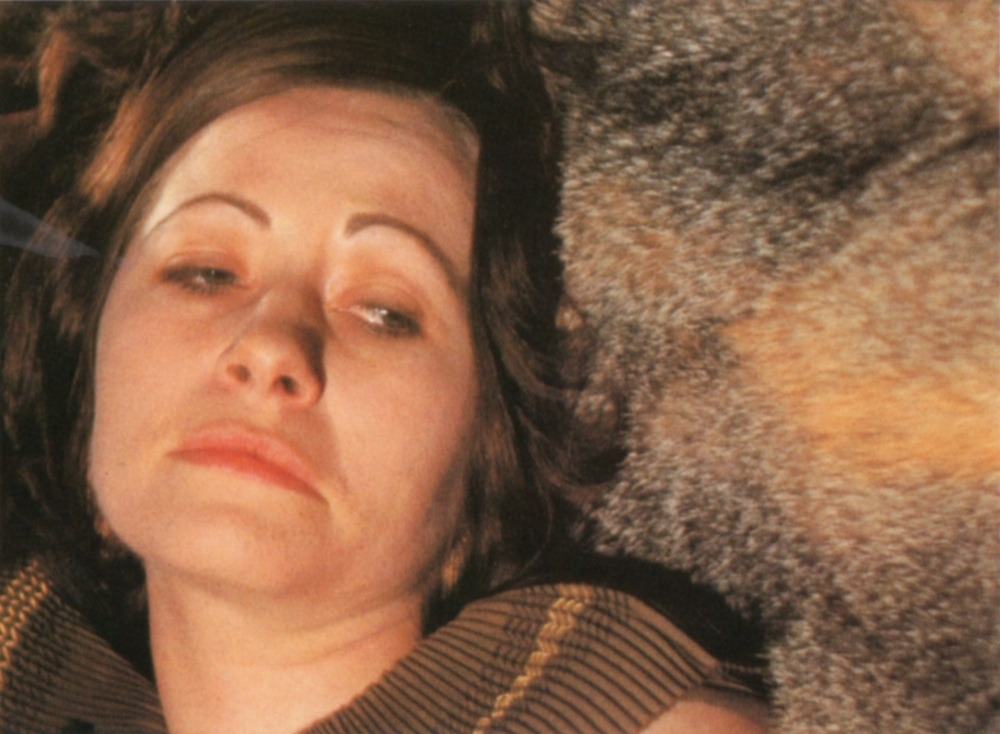The Illiac Passion
Gregory J. Markopoulos, The Illiac Passion, 1964-67, 91 min
Throughout his life, Markopoulos remained closely connected to his heritage and made many works that connected with ancient Greek culture. The Illiac Passion, one of his most highly acclaimed films, is a visionary interpretation of ‘Prometheus Bound’ starring mythical beings from the 1960s underground. The cast includes Jack Smith, Taylor Mead, Beverly Grant, Gregory Battcock and Gerard Malanga, and Andy Warhol appears as Poseidon riding an exercise bike. The extraordinary soundtrack of this re-imagining of the classical realm features a fractured reading (by the filmmaker) of Henry Thoreau’s translation of the Aeschylus text and excerpts from Bartók’s Cantata Profana. Writing about this erotic odyssey, Markopoulos asserted that, “the players become but the molecules of the nude protagonist, gyrating and struggling, all in love, bound and unbound, from situation to situation in the vast sea of emotion.” (Mark Webber)
“Metamorphosis of the filmmaker. Passions of the filmmaker. Out of his breast the free flowing blood of the creation of a motion picture which depicts the passions of mankind and of everyman in general. The filmmaker selecting and offering to his actors the inheritance of themselves, transforming them through themselves, their own life’s scenario, onto the motion picture screen. A screen in which everything is both transfixed and changed. Not only the filmmaker undergoes changes, i.e. the creative endeavor, but his actors or non-actors, and everyone who associates himself with the very moments during which the filmmaker is working. In this case the greatest alteration taking place towards the film spectator. The new film spectator of the new cinema.
“Set afire, the soul of the film spectator and the mythic characters or real personalities of The Illiac Passion commence to alternate, sometimes obliterate and then return to a moment passed or forgotten. That moment taking on greater meaning (upon its return, second return or reference in the film via single frames, clusters of frames, and the classic principles of film editing), the symbols, the individual psychology united in a single structure, i.e. The Illiac Passion. All revealing the same story, but in variation, all united, all invoking the passions, and all seen through the vibrant passion of the hero, Mr Richard Beauvais as the apotheosis of a Prometheus who is not to bound to a rock, but bound to his own passions; i.e. his own life’s scenario. And, all the various myths which the filmmaker uses in this development in The Illiac Passion become involved in that time development known as eternity.”
(Gregory J. Markopoulos, The Illiac Passion, 1967)
This program is supported by the Los Angeles County Board of Supervisors through the Los Angeles County Arts Commission; the Department of Cultural Affairs, City of Los Angeles; and the Mike Kelley Foundation for the Arts. Additional support generously provided by American Cinematheque. We also depend on our members, ticket buyers, and individual donors.
Los Angeles Filmforum is the city’s longest-running organization screening experimental and avant-garde film and video art, documentaries, and experimental animation. 2015 is our 40th year.

